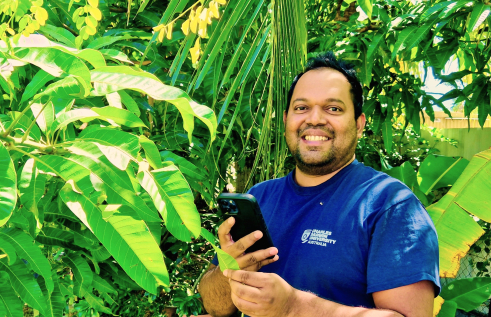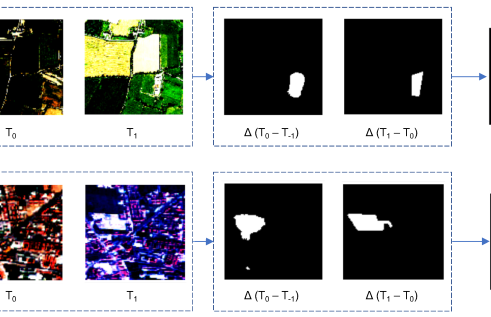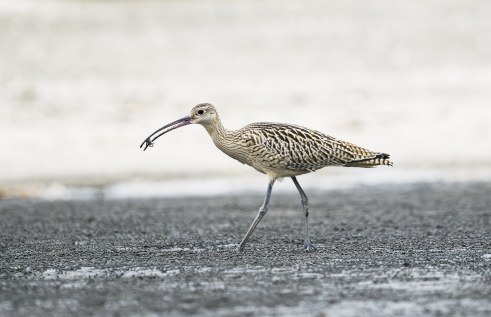News
New study examines parental decisions on child antibiotic use
A new study at Charles Darwin University (CDU) aims to find out what affects parental decisions when giving their children antibiotic medicine.
The research by CDU Lecturers in Psychology Professor Mitchell Byrne, Dr Sara Parsafar and master’s by research student Stephanie Marsh will provide insights into parent-related attitudes and beliefs and relevant social and contextual factors that might influence parents’ decisions about using antibiotics.
The authors are collecting qualitative data through focus groups with parents from Katherine, Alice Springs, Tennant Creek and Nhulunbuy in the Northern Territory to explore their perspectives.
The researchers focus on how parents living in rural and remote areas with limited access to healthcare make decisions about their children’s health needs and the use of antibiotics.
Ms Marsh said the research goal was to determine what factors influence parent attitudes and decisions when using antibiotics.
“Through the study, we hope to get a baseline of parental attitudes about child antibiotic use, what they think about the benefits, concerns parents may have and what impacts their decisions,” Ms Marsh said.
“In Australia, there is currently limited research exploring attitudes and beliefs, social and contextual factors that might contribute to antibiotic use amongst parents with children living in rural or remote locations.”
According to the Australian Commission on Safety and Quality in Healthcare, antibiotics use is highest in the elderly and children between birth and nine years of age.
Australia’s rates of antibiotic use among children under nine years are about three times higher than comparable countries such as Norway and the Netherlands.
“Antibiotics are commonly used to treat bacterial infections, but the overuse or misuse of antibiotics could result in the bacteria mutating faster, making antibiotics ineffective,” Ms Marsh said.
Data from the Review on Antimicrobial Resistance estimates there will be approximately 10 million deaths each year by 2050 due to antimicrobial resistance, of which resistance to antibiotics is predominant.
The researchers predict several factors could affect parental decisions about antibiotic use, such as the opinions of important people around the parents, cultural considerations, and existing knowledge.
“Parents have been found to make decisions about their children’s antibiotic use based on advice from their social group or support network,” Ms Marsh said.
“Parents from remote and rural areas with limited access to healthcare professionals might be influenced more by the advice from people around them.”
“Through our research, we want to understand parental antibiotic use with their children and what drives decisions and practices.”
“This information from parents provides valuable insight and findings could inform follow-up studies or might provide guidance for future health initiatives on how to enhance the use of antibiotics.”
Related Articles

Rooting out plant diseases: Are computers ready to run our farms?
Nature is still too complex for artificial intelligence (AI) modelling to be effective, but the tipping point is close, according to a new study that found the technology may still trip at the last real-world hurdle.
Read more about Rooting out plant diseases: Are computers ready to run our farms?
Tech on the treetops: How AI can protect forests
The Artificial Intelligence model was developed to detect changes in forest cover.
Read more about Tech on the treetops: How AI can protect forests
Volunteers protected Darwin wildlife for 50+ years, but new research suggests it’s time to stop winging conservation efforts
Volunteers have shouldered the burden of shorebird conservation in the Top End for more than half a century, but new research from Charles Darwin University (CDU) suggests it’s time for the government to take responsibility for all of the Northern Territory’s residents – including those with wings.
Read more about Volunteers protected Darwin wildlife for 50+ years, but new research suggests it’s time to stop winging conservation efforts
